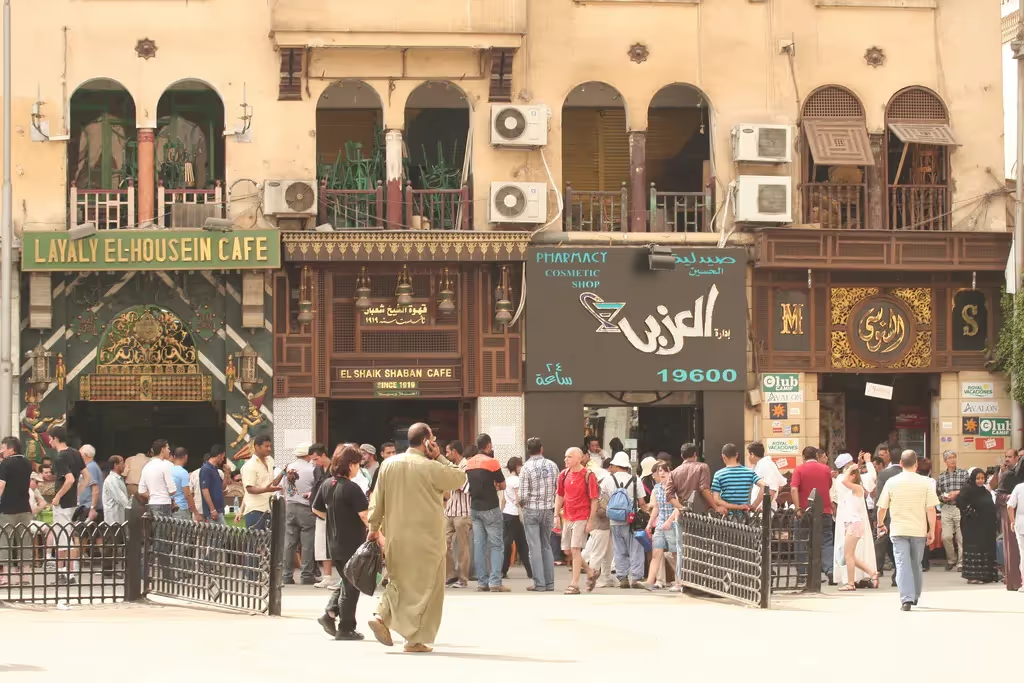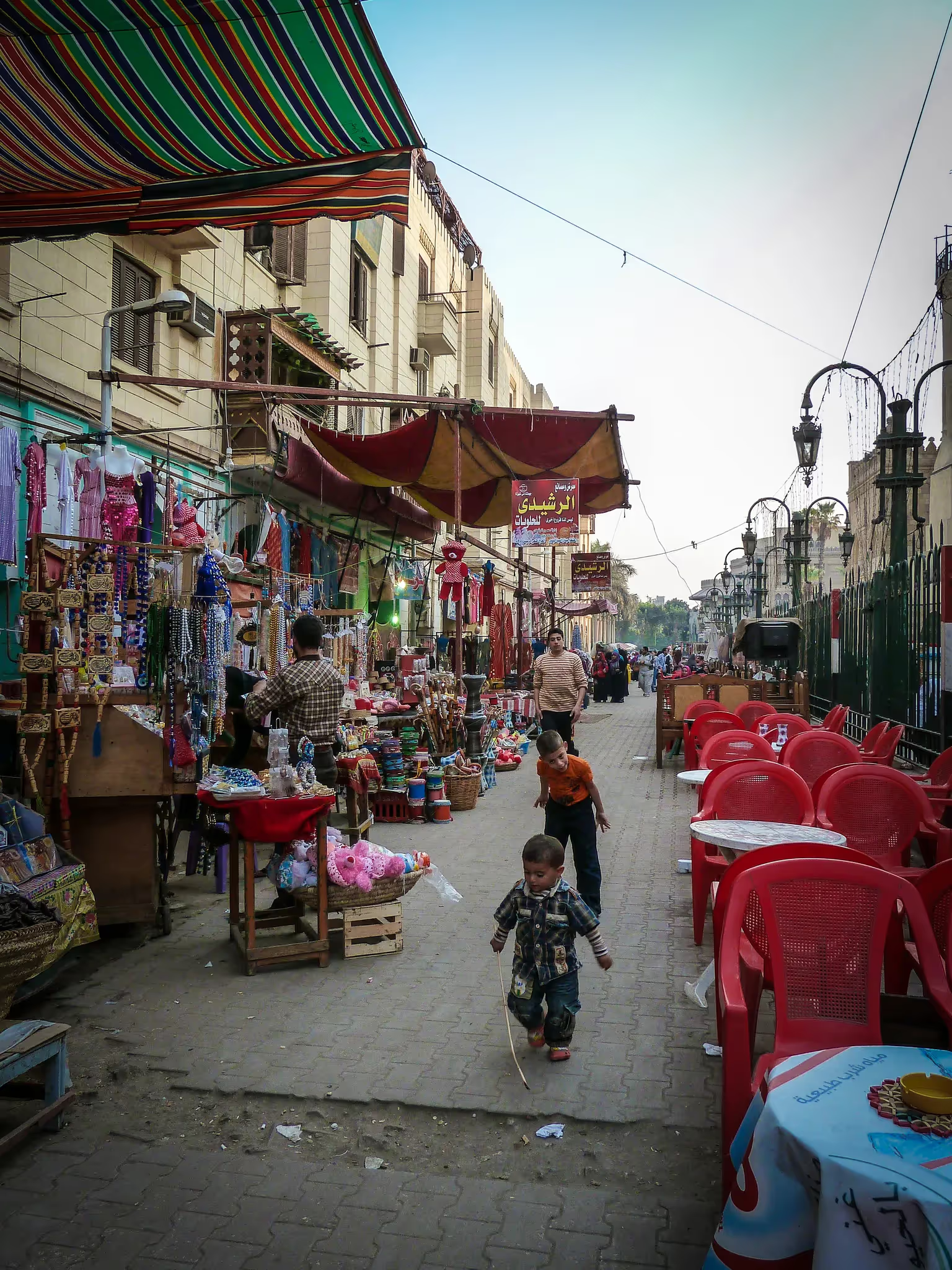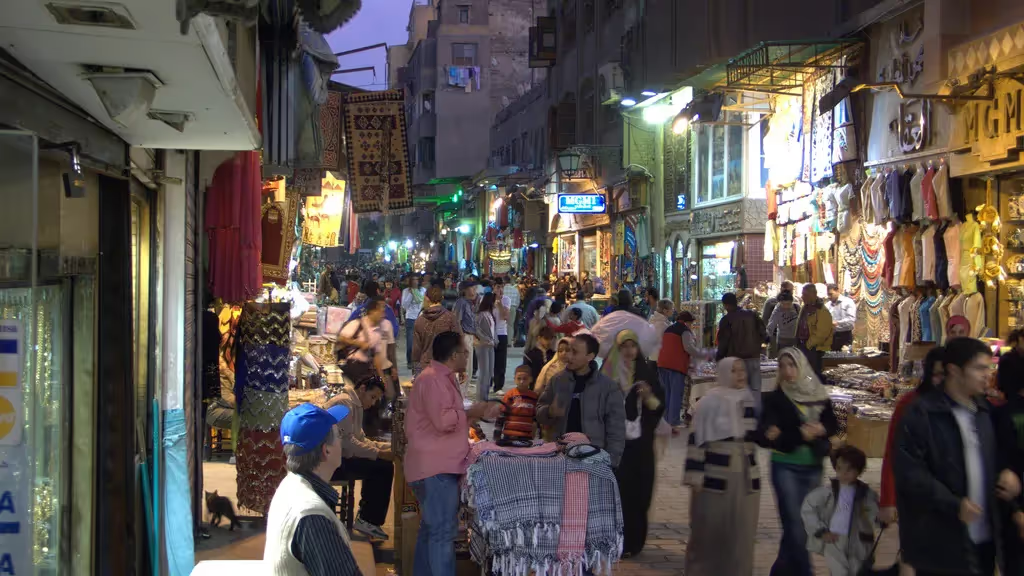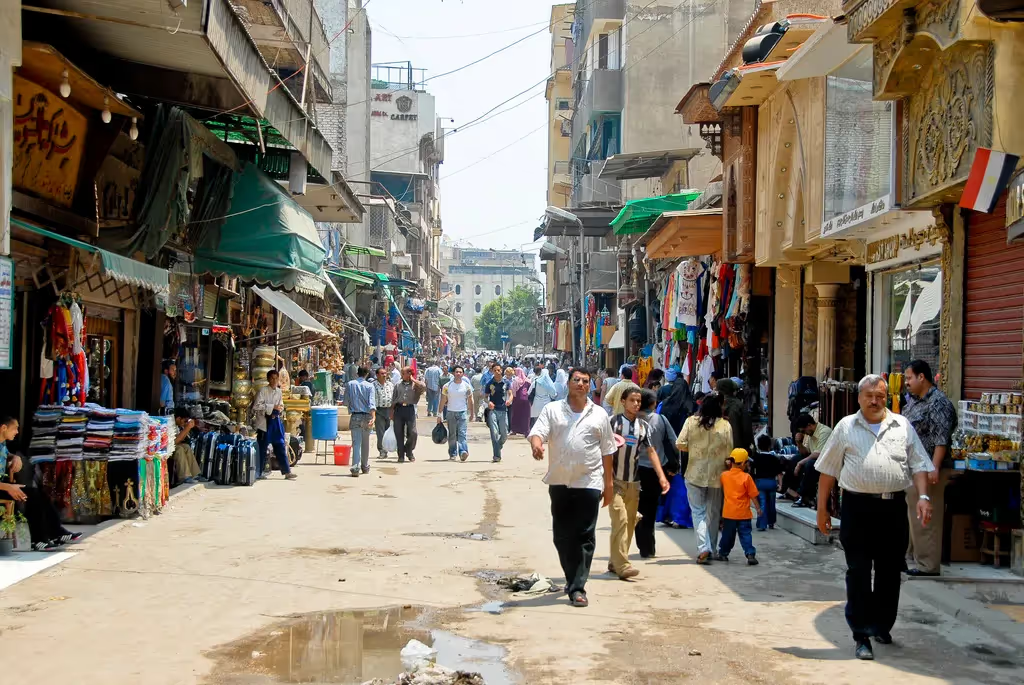A biweekly newsletter with public space news, resources, and opportunities.
A curated dispatch on all things public markets plus the latest announcements from the Market Cities Program.
Please note that these Hall of Shame nominations were written in a moment in time (most over a decade ago) and likely have since changed or even been transformed. If the above entry is now great, or still not so great, go ahead and comment below on how it has evolved or nominate it as a great place.


The bazaar itself is an architectural draw, with monumental gates that resemble the commercial complexes of the Ottoman empire. Visitors to Khan El Khalili Bazaar will find themselves transported back in time to a traditional Arab souk, lost in the scent of spices and bustle of trade that takes place in the market daily. The many shops arranged around small courtyards stock a variety of goods from soap powder to fabrics, stones, and souvenir toy camels. While the market is not strictly organized by the types of goods, its major crowd-pullers such as gold, copper and spice are still clustered in certain sections. Khan El Khalili is an important shopping area for locals and continues to preserve the market tradition of old Cairo.
A charming labyrinth of narrow alleys, the Khan El Khalili Bazaar, or the Khan, is a major souk in Cairo, Egypt. It is located next to two of the city’s major landmarks, the Al-Hussein mosque and prestigious Al- Azhar University. Originally the burial site of the Fatimid caliphs and part of the Fatimid Great Eastern Palace, Khan El Khalili Bazaar was constructed in 970 AD, the same year as the founding of Cairo. While the bazaar’s layout has been drastically modified since then, it continues to function as the city’s major center of trade and a popular destination for tourists and locals in search of treasures.





*Please note that these Hall of Shame nominations were written in a moment in time (most over a decade ago) and likely have since changed or even been transformed. If the above entry is now great, or still not so great, go ahead and comment below on how it has evolved or nominate it as a great place.